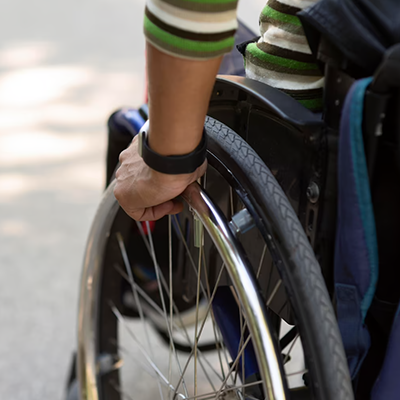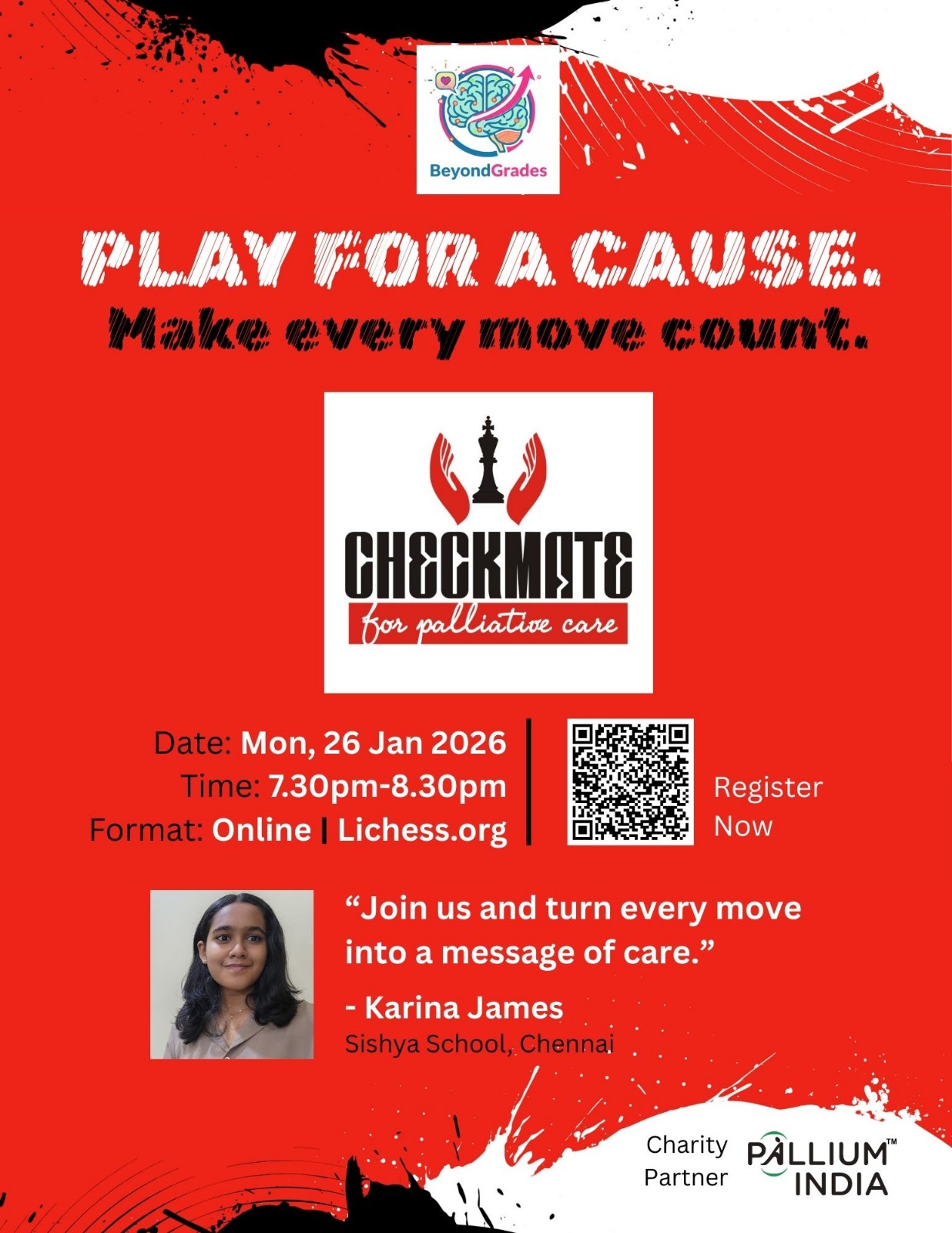Palliative Care: Helping people live better and happier

When you hear the term palliative care, the first thing that comes to mind is ‘hospice’ or ‘end-of-life care,’ but that’s a misconception. There is so much more to palliative care than we’re aware of. It is an approach that focuses on improving the quality of life of adults and children living with health-related severe complications brought on by life-limiting or life-threatening conditions.
What is palliative care?
According to the World Health Organization (WHO), palliative care prevents and relieves suffering through the early identification, correct assessment, and treatment of pain and other problems. It addresses suffering and involves taking care of issues beyond physical symptoms. More recently, it has been reframed to mitigate health-related severe suffering.
Palliative care uses a team approach to support patients and their caregivers. This includes addressing practical needs and providing bereavement counseling. It offers a support system to help patients live as actively as possible. This team includes physicians, nurse practitioners, RNs, social workers, chaplains, and other spiritual leaders.
It has proven to be very effective in helping patients cope with illnesses like cancer, congestive heart failure (CHF), respiratory diseases like chronic obstructive pulmonary disease (COPD), kidney disease, progressive neurological conditions like Alzheimer’s, Parkinson’s and Amyotrophic Lateral Sclerosis (ALS) among others. It can also be very effective for various conditions, including spinal trauma, auto-immune conditions, and congenital anomalies. A study published in the ‘New England Journal of Medicine’ states that patients with a severe illness who received palliative care lived longer than those who did not receive this care.
Palliative v/s Hospice care
While both address symptoms, hospice care is offered instead of active curative treatment and usually comes into play during the last six months of a patient’s life when they no longer see any other option. Palliative care, on the other hand, comes into play from the point of diagnosis and is offered throughout active treatments.
What does palliative care involve?
The specifics of how palliative care works vary with every patient. However, as with all treatments, it begins with a conversation to determine what each patient needs – medications to alleviate specific symptoms or switching medications they are already on. The team also suggests approaches like breathing techniques, diet changes, and potential therapies they feel may help. One key element is that the team regularly checks in with the patient to determine their discomfort and intensity of pain and actively adjust their treatment options.
The interdisciplinary approach also ensures that the family is attended to, their emotional, psycho-spiritual, and socioeconomic concerns are elicited, and where possible, the team assists in reducing suffering in those domains as well.
How accessible is palliative care?
The sad reality is that it is not as accessible as it should be. The WHO states that an estimated 56.8 million people each year require palliative care, most of whom live in low and middle-income countries – where disease-specific treatment doesn’t reach people adequately, in time, or is unaffordable.
For children, 98% of those needing palliative care live in low and middle-income countries, with almost half living in Africa. Several significant barriers must be overcome worldwide to address the unmet need for palliative care. These include: national health policies and systems often do not include palliative care; training for palliative care for health professionals is often limited or non-existent; and population access to opioid pain relief is inadequate and fails to meet international conventions.
What does Pallium India do?
As an NGO, Pallium India strives to bridge the gap between patients and accessible care with a mission to catalyze the development of effective pain relief and quality palliative care services and their integration into healthcare across India through the delivery of services, education, building capacities, policy, research, advocacy, and information.
Services include:
- Service delivery, training, and in-patient and out-patient treatments through the Trivandrum Institute of Palliative Sciences.
- Home visits for older adults, bed-bound, and those who live alone.
- Establish and provide infrastructure for volunteer-run link centers in local communities.
- Rehabilitation through their unique halfway home program.
- Support the education of children whose families are struggling with the fallout of health expenses.
- Support women and help them with medical and procedural support, vocational rehabilitation, provide access to basic amenities, and much more.
The need to do more
Only 14% of people worldwide in need of palliative care receive it, and most live in high-income countries. That is alarming, a tremendous public health system failure, and a travesty of justice. Everyone deserves the best possible care as they deal with their illnesses. And effort must come, not just from governments but communities, to make palliative care something people in need have access to. To play on Ann Richardson’s words, we may not always be able to change the outcome, but we can affect the journey, which makes all the difference.





